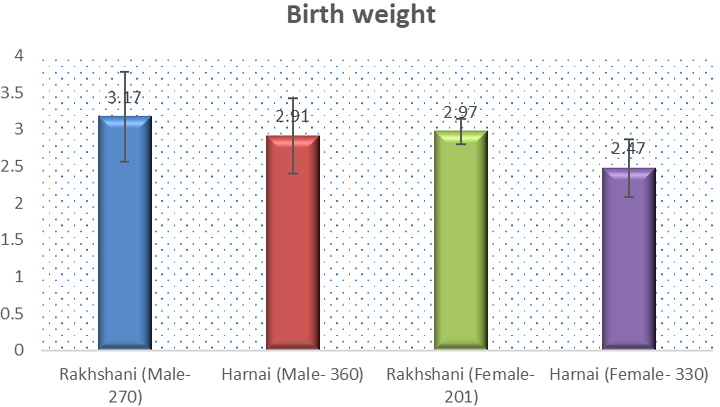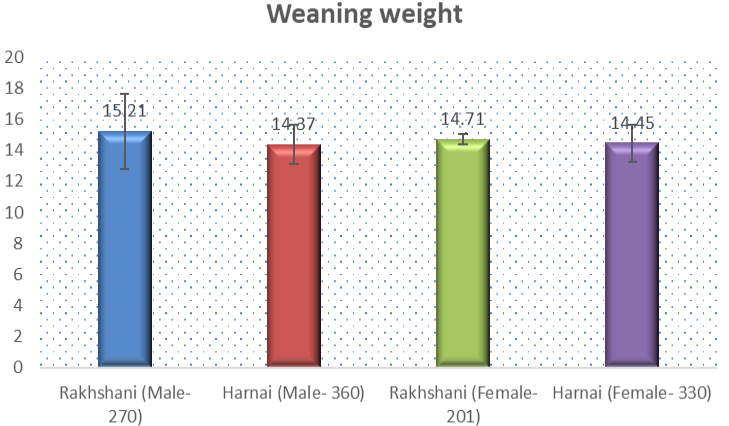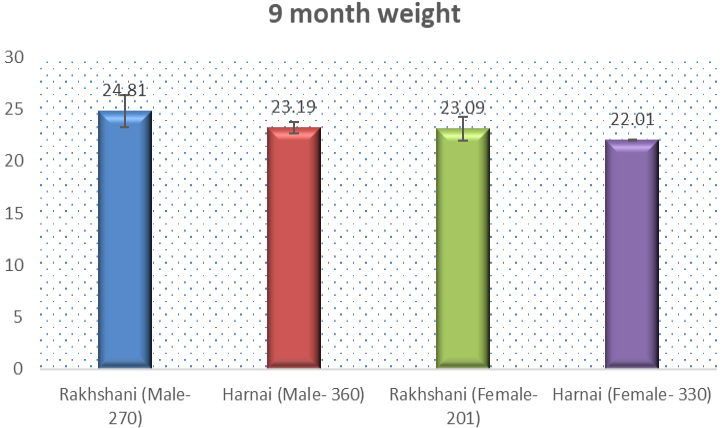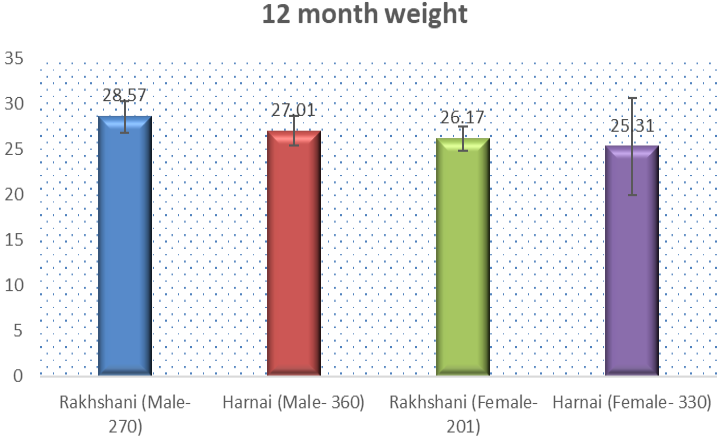Study on the Evaluation of Some Economic Traits of Rakhshani and Harnai Sheep Breeds of Baluchistan, Pakistan
Rameez Raja Kaleri1,2*, Hubdar Ali Kaleri1, Raza Ali Mangi3, Deepesh Kumar Bhuptan4, Sana Noor5, Zainab Lanjar6, Hubdar Ali Kolachi7 Abdul Wahid Solangi1 and Sheva Dari1
1Department of Animal Breeding and Genetics, Faculty of Animal Husbandry and Veterinary Sciences, Sindh Agriculture University, Tandojam, Pakistan; 2Deputy Director Poultry Production, Tando Allahyar, Livestock and Fisheries Department, Government of Sindh, Sindh, Pakistan; 3Department of Veterinary Anatomy & Histology, SBBUVAS, Sakrand, Pakistan; 4Department of Meat Technology, SBBUVAS, Sakrand, Pakistan; 5Department of Veterinary Parasitology, SBBUVAS, Sakrand, Pakistan; 6Department of Veterinary Microbiology, SBBUVAS, Sakrand; 7Department of Animal Reproduction, SBBUVAS, Sakrand, Pakistan.
*Correspondence | Rameez Raja Kaleri, Department of Animal Breeding and Genetics, Faculty of Animal Husbandry and Veterinary Sciences, Sindh Agriculture University, Tandojam, Pakistan; Email: rameezkaleri@gmail.com
Figure 1:
Birth weight of male and female for Rakhshani and Harnai breeds.
Figure 2:
Weaning weight of male and female for Rakhshani and Harnai breeds.
Figure 3:
Weight of 6 month for male and female for Rakhshani and Harnai breeds.
Figure 4:
Weight of 9 month for male and female for Rakhshani and Harnai breeds.
Figure 5:
Weight of 12 month for male and female for Rakhshani and Harnai breeds.












